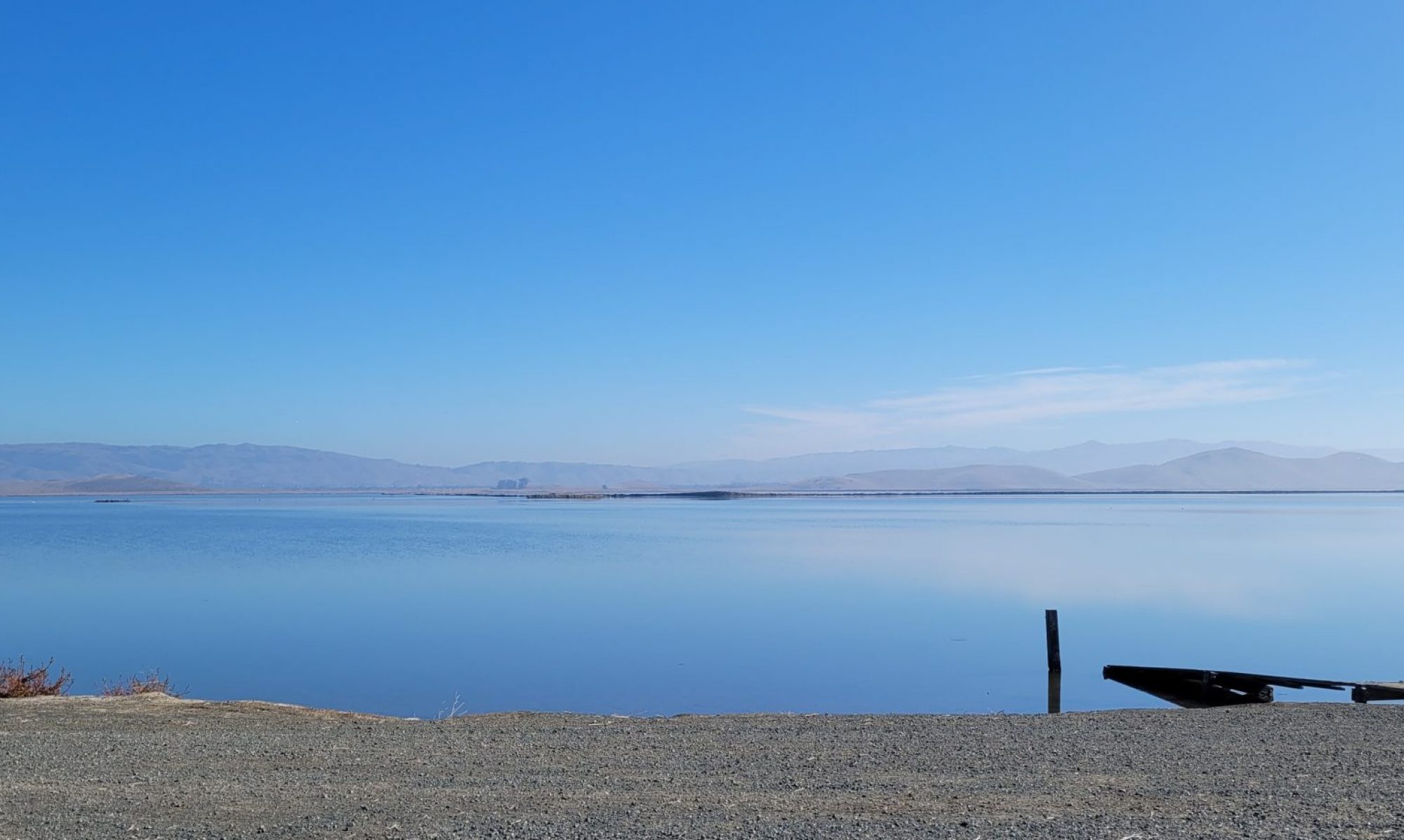
I have been thinking about the intersection of history, storytelling, and science, ever since my visit to the Sasquatch Outpost in Bailey, Colorado, a small but enthusiastically curated museum dedicated to information about Colorado sightings of Bigfoot. I could not help but compare it to two other recent visits here, one to the Dinosaur Journey Museum in Fruita, Colorado and the US Olympic & Paralympic Archives in Colorado Springs.
What I grasped is that history, science, and storytelling all use parts that are native to each other. Scientists start with evidence, but must construct a narrative that uses deductive reasoning to explain results. This happens whether they are aiming particle beams at cuprite samples or reconstructing fossil skeletons from a riverbed. They need to tell a clear story. Historians also need to fill in the details on the timeline, starting with whatever sources (evidence) exist from the time period. Deductive reasoning and inferences play a part.
Storytelling, however, is an entirely different kettle of fish. If it has a little deductive reasoning–a little science behind it–the story might might have more power. Think about the explanation of constellations, for example. Humans are also naturally adept at “What If…? Tales don’t need evidence, although it helps if the story resembles the familiar. Imagination, however, should not let us replace evidence with anecdote. There are different kinds of evidence. Brief examples from my visits should help clarify the roles played. I can’t quite figure out the Venn diagram, but perhaps the following might help:





